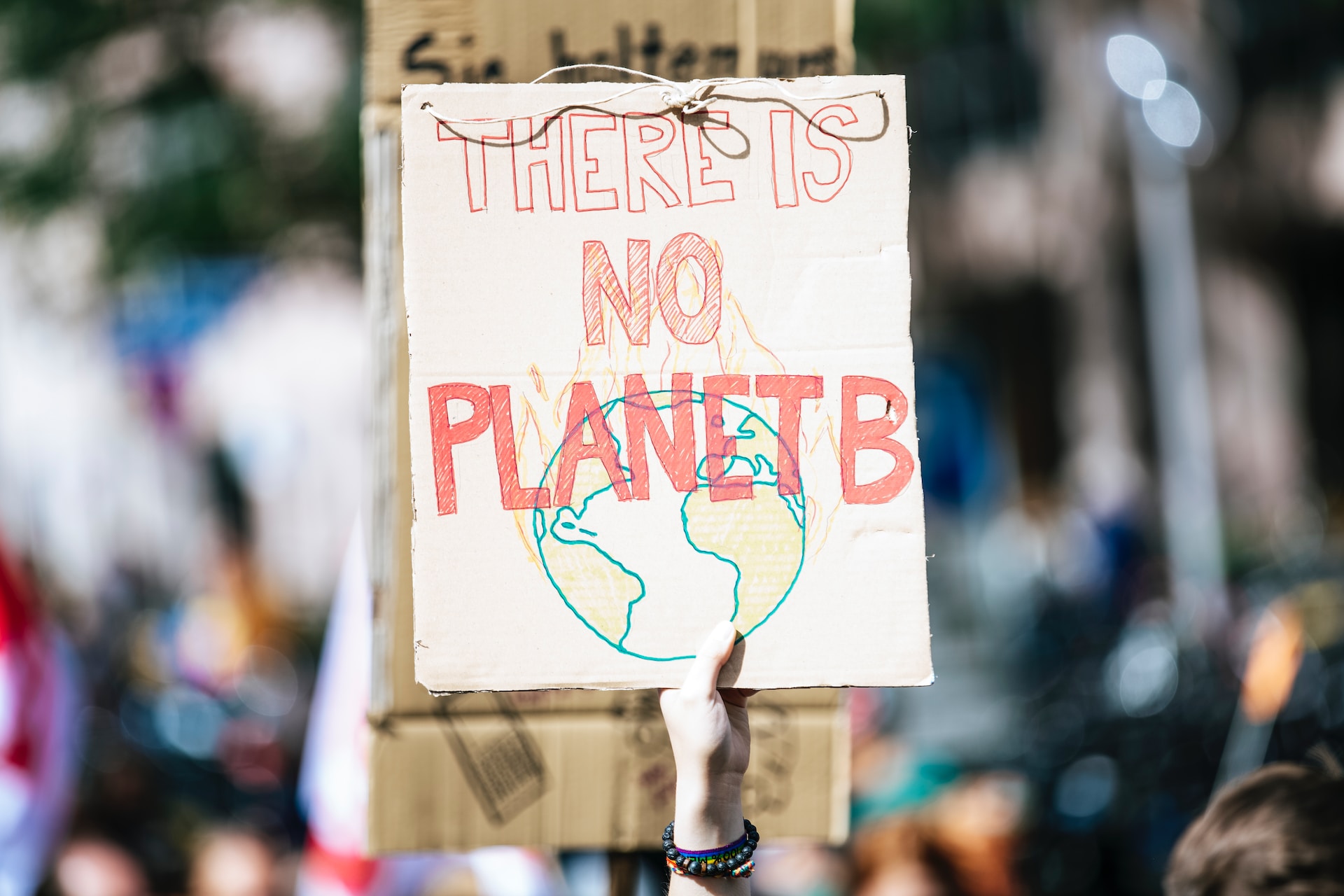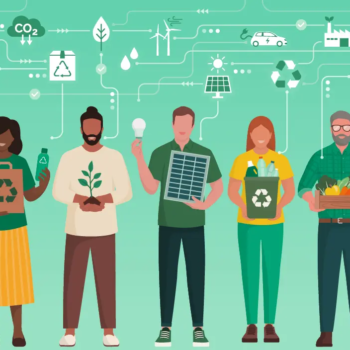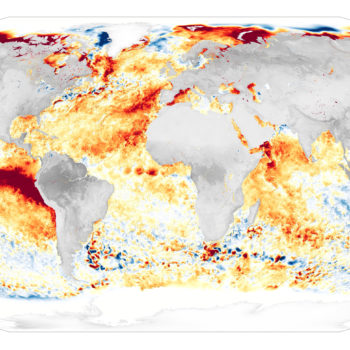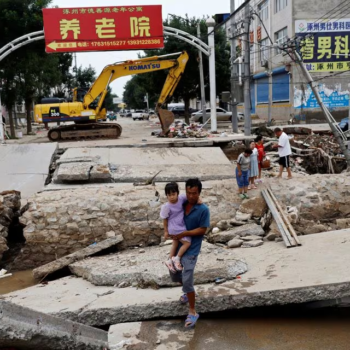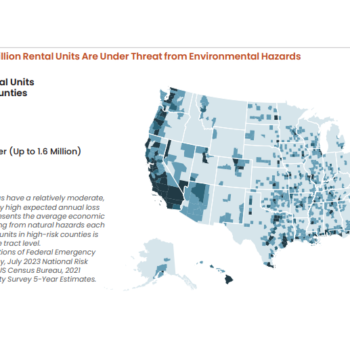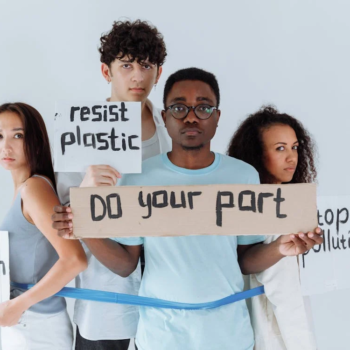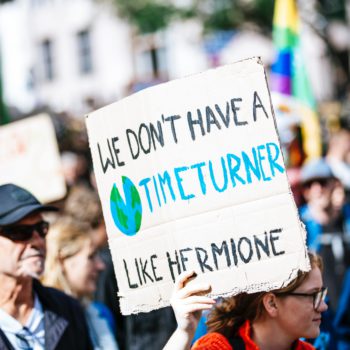|
|
Scientists from Oregon State University, at the forefront of an international team, propose a groundbreaking “restorative” pathway to tackle climate change, biodiversity loss, and social injustice. Using a 500-year dataset, they advocate for incorporating their scenario into climate models alongside the UN’s shared socioeconomic pathways (SSPs).
Urgency of Climate Action
Over the recent decades, escalating temperatures have intensified extreme weather events, leading to the fragmentation of ice chunks in the Antarctic.
Wildfire seasons have significantly lengthened, posing increased threats to ecosystems, while coral reefs have experienced widespread bleaching, losing their vibrant colors. Concurrently, the territorial expansion of mosquitoes has been observed, heightening the risk of disease transmission.
Climate change presents a formidable challenge arising from prolonged resource depletion. A paradigm shift in lifestyle, prioritizing planetary well-being, is essential. While recent studies concentrate on the last few decades, an extensive examination spanning five centuries reveals accelerated resource depletion.
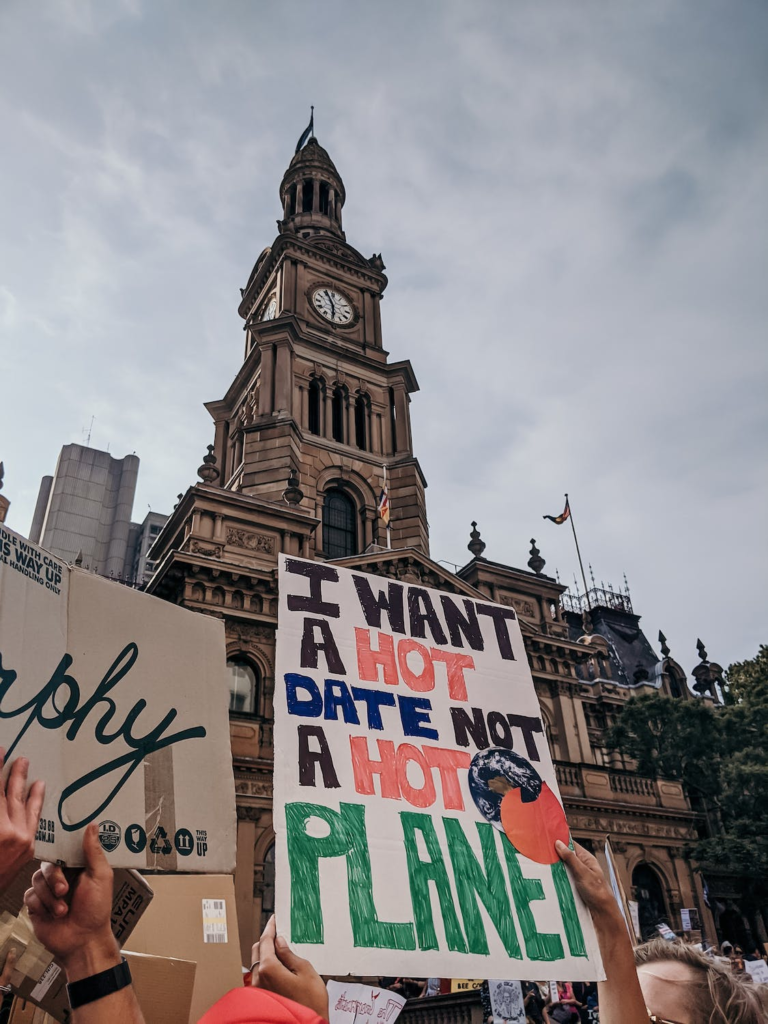
Comparing Approaches
In a comparison between conventional and novel approaches to climate change, researchers aspire to achieve a sustainable planet and equitable treatment for all. Despite the need for substantial changes, they propose commencing with “radical incrementalism,” which has the potential to address biodiversity preservation and promote equitable treatment.
A Global Call for Restoration
Ecological restoration, crucial for climate action, faces vulnerability to climate change impacts. A study in Perspectives in Ecology and Conservation study highlights climate risks throughout the restoration process.
The framework identifies seven key areas for climate-conscious restoration: defining objectives, site selection, species, and ecosystem choices, managing ecosystem interactions, addressing site-level climate risks, aligning with policies, and creating adaptive monitoring.
Analysis of projects in Brazil and ASEAN countries indicates limited consideration of these factors (less than 5%). Highlighting successful cases in Brazil and Australia, the framework supports global restoration goals and the UN Decade on Ecosystem Restoration 2021–2030 for climate-resilient practices.
Published in Environmental Research Letters, an international team underscores the need for rapid changes in human lifestyles, wealth distribution, and ecosystem restoration. Urgency is emphasized due to accelerating climate impacts surpassing existing mitigation efforts.
Challenges to Current Strategies
Strategies integral to UN-sponsored climate agreements, such as carbon trading and offsets, are outpaced by climate extremes. The restorative pathway differs by not relying on carbon capture or assuming continuous economic growth.
The 2021 Emissions Gap Report emphasizes the potential of carbon markets, projecting a 40-60% cost reduction by 2030 with full market utilization. UNEP collaborates with nations and non-state entities, providing support in capacity building and policy development for carbon market implementation.
Through partnerships and initiatives, UNEP facilitates global knowledge exchange using a South-South, science-based learning approach.
Article 6 of the Paris Agreement establishes international carbon markets, promoting ambitious climate actions, sustainable development, and environmental integrity. Successful Parties can sell excess reduction credits, directing investments to efficient emission reduction areas.
The article sets up a UNFCCC-governed market with global standards, with high expectations, as 143 out of 154 Parties plan to utilize carbon credits for financing climate action and meeting national targets by 2023.
Comprehensive Analysis
A comprehensive analysis of variables, including population surge, GDP, energy consumption, and biodiversity decline, paints a vivid picture of Earth’s transformations. The restorative pathway envisions an equitable and resilient world, emphasizing nature preservation, societal well-being, education for women, and a swift transition to renewable energy.
Prioritizing Societal Change
The proposed pathway, distinguished from prevailing scenarios, places a central focus on large-scale societal change. This innovative approach seeks to efficiently curb warming while offering a comprehensive vision to concurrently tackle climate change, biodiversity loss, and socioeconomic injustice.
Acknowledging the interconnectedness of these challenges, it aims for a transformative journey to safeguard the planet, making a compelling case for inclusion in climate discussions.
In alignment with this perspective, Global Climate Change emphasizes the critical nature of Earth’s vital signs deteriorating at an alarming rate, posing a severe threat to life on our planet.
This urgent context underscores the need for bold and comprehensive strategies.
Additionally, scholars explore climate change from a cosmic perspective, expanding the discourse to encompass broader cosmic forces impacting our environment. This multi-dimensional understanding enhances the depth of our approach in addressing the pressing issues at hand
A Transformative Journey
The envisioned restorative pathway represents a transformative journey with the potential to rescue our planet, making a compelling case for its integration into climate discussions. This unique approach seeks to address urgent concerns regarding Earth’s deteriorating vital signs, which pose a grave threat to life.
In a broader context, researchers delve into an exploration of climate change from a cosmic perspective, recognizing the interconnectedness of celestial forces with environmental dynamics. This broader view enhances our understanding, emphasizing the critical need for innovative and comprehensive strategies in the face of imminent challenges.
Sources
- Socioeconomic Data and Applications Center. (Year). Shared Socioeconomic Pathways (SSPs). Retrieved from https://sedac.ciesin.columbia.edu/data/collection/ssp.
- National Geographic.Causes and Effects of Climate Change. YouTube. Retrieved from https://www.youtube.com/watch?v=G4H1N_yXBiA.
- Environmental Defense Fund. This is Why Climate Change is So Urgent. Retrieved from https://www.edf.org/climate/why-fighting-climate-change-so-urgent.
- Hugonnet, R., McNabb, R, et al. (2021, April 28). Accelerated global glacier mass loss in the early twenty-first century. Nature. Retrieved from https://www.nature.com/articles/s41586-021-03436-z.
- The Royal Society. Reversing Biodiversity Loss. Retrieved from https://royalsociety.org/topics-policy/projects/biodiversity/.
- Simonson, W. D., Miller, E., et al. (2021). Enhancing climate change resilience of ecological restoration — A framework for action. Perspectives in Ecology and Conservation, 19(3). Retrieved from https://www.sciencedirect.com/science/article/pii/S253006442100050X
- United Nations Educational, Scientific and Cultural Organization (UNESCO). (n.d.). United Nations Decade on Ecosystem Restoration. Retrieved from https://www.unesco.org/en/ecosystems-restoration-decade.
- Ripple, W. J., et al. (2024, January 9). An environmental and socially just climate mitigation pathway for a planet in peril. Environmental Research Letter. Retrieved from https://iopscience.iop.org/article/10.1088/1748-9326/ad059e.
- United Nations Environment Programme (UNEP). (n.d.). Carbon Markets. https://www.unep.org/topics/climate-action/climate-finance/carbon-markets.
- Friends of the Earth International. (2021, October). Carbon Markets at the UNFCCC Cop26 and Article 6. Doreen Stabinsky. Retrieved from https://www.foei.org/wp-content/uploads/2021/11/Carbon-Markets-COP26.pdf.
- Vo, D. H., et al. (2021). Renewable energy and population growth for sustainable development in the Southeast Asian countries. Energies, Sustainability and Society. Retrieved from https://energsustainsoc.biomedcentral.com/articles/10.1186/s13705-021-00304-6
- NASA Global Climate Change: Vital Signs of the Planet. (n.d.). How Do We Know Climate Change Is Real? Retrieved from https://climate.nasa.gov/evidence/?n
